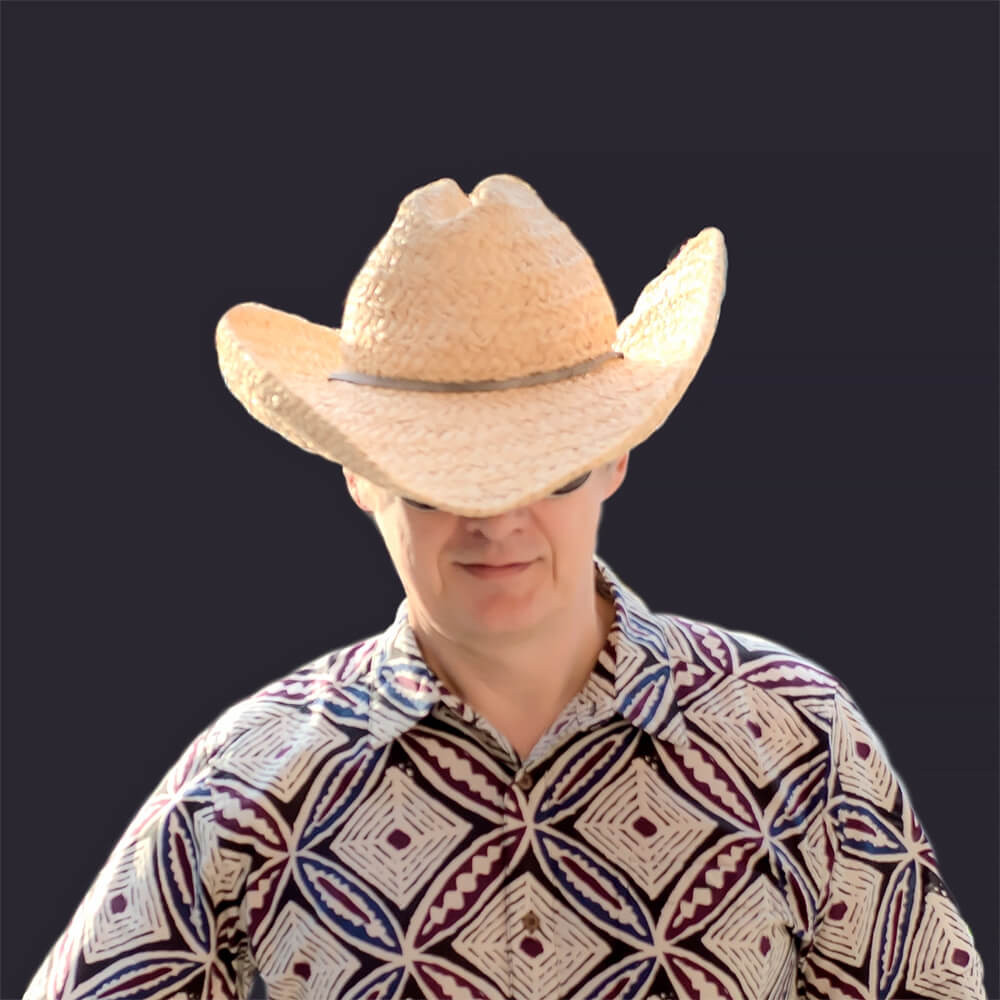Vytenis Jankūnas is a Lithuanian-American artist who in his latest work uses mostly photography as a medium for his artistic projects, which include books, photo and video installations. He has shown in numerous group and solo exhibitions nationally and internationally. Recent exhibits include one-man shows at Contemporary Art Centre, Vilnius (Lithuania) (his second solo show in CAC Vilnius), Tallinn Art Hall Gallery, (Estonia), Undercurrent Gallery, New York City (USA) and Prospekto Gallery, Vilnius (Lithuania). He won the 1st place in Self Published Books category of the IPA - int'l photography awards, has been a recipient of the Fellowship award from the New York Foundation for the Arts, New York City (USA) and was awarded a residency at Nordic Arts Centre (HIAP), Helsinki (Finland). Vytenis Jankūnas lives and works in New York City, USA.
Urban Portraits - NYC Edition
My latest photography project is called ''Urban Portraits - NYC Edition.'' I have lived in New York City for over 25 years and always been asking myself: what keeps me here for so long? Is it cultural richness, or the career opportunities this city can offer, or maybe the ability to experience most of what the world can offer without leaving the city? I guess everything at once, but one thing became certain to me: I fell in love with the people, the way they look, the way they dress, the way they talk. It is hard to find another city in the world with such, or similar diversity within its population. This is what my project is about, just walking the streets and capturing people with my camera religiously. The result is something in between street photography and portraits of people in the vulnerable state of everyday life. It is still an ongoing project
